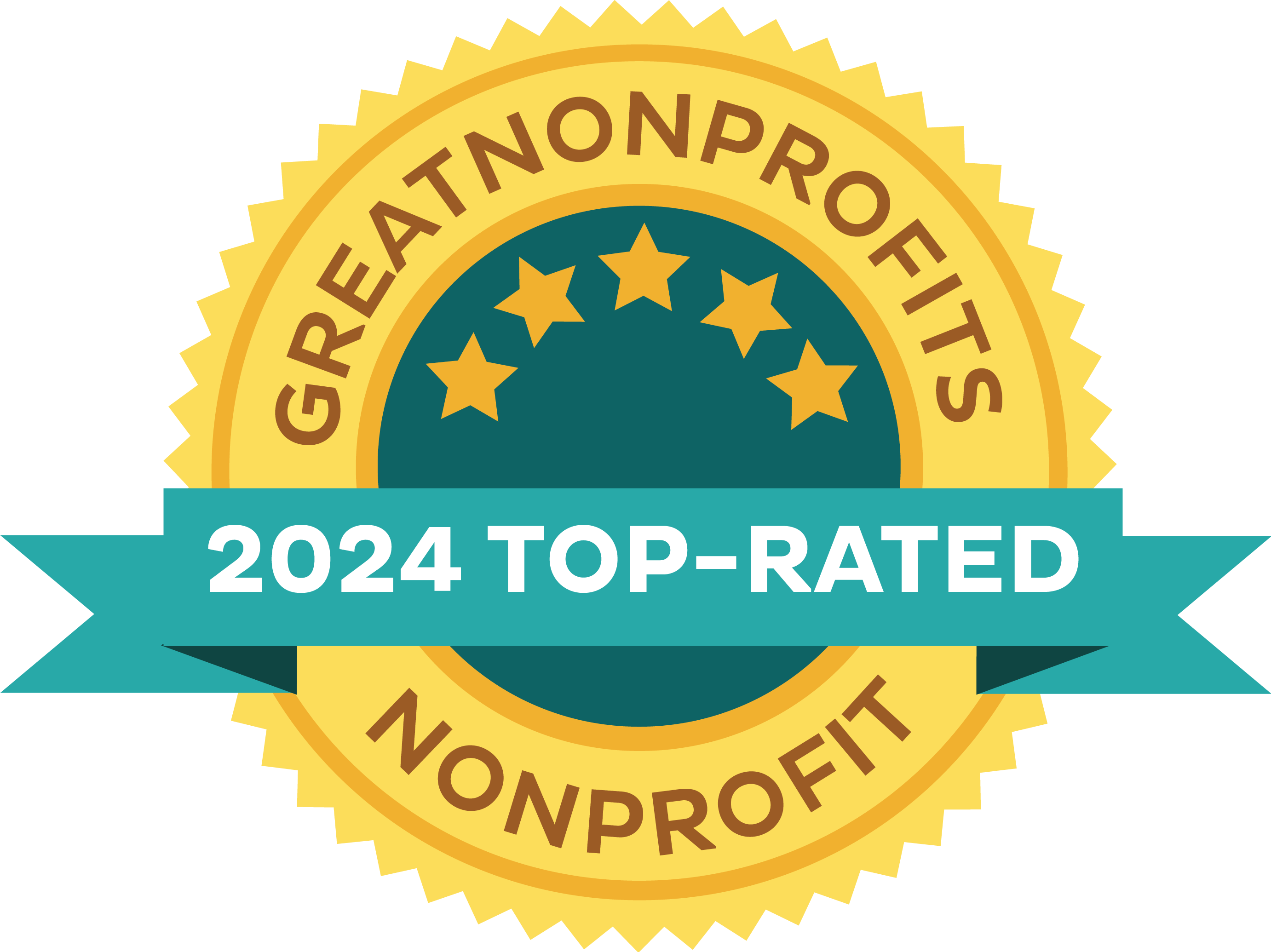
AUGUST 1, 2016 | for HIV/AIDS
A Unified Vision Toward an Ambitious Goal
State of the Epidemic
As TeachAids grows and continues to provide research-driven HIV/AIDS education across the globe, we wanted to provide information on the progress made in working to help manage this public health challenge.
Over the past few years, the world has collectively committed to a concerted effort to combat the virus. This required dedicated research, strong leadership, multilateral collaboration and financial commitment that have manifested in phenomenal accomplishments over the last 15 years.
Ending the AIDS epidemic by 2030 is a formidable unified global goal. In the 2016 UNAIDS report, the program recommends a “Fast-Track” approach to ramp-up and frontload investment over the next five years. This is in hope of generating the momentum necessary to scale-up efforts and achieve this bold target. A relatively shorter-term target (set for 2020), yet no less ambitious, is the 90–90–90 treatment target, whereby 90% of people living with HIV know their HIV status, 90% of people who know their HIV-positive status are accessing treatment and 90% of people on treatment have suppressed viral loads. Leaders across many nations have already made great strides in meeting this target.
Much of the success can be attributed to clinical research, enhanced treatment regimens, innovation in diagnostics and the price reduction of essential medicines. The first global treatment target was set in 2003, and since then, annual AIDS-related deaths have decreased by 43%. Improved accessibility and the administration of successful treatment has enabled a longer lifespan and in many cases, has prevented the progression of chronic HIV to life-threatening AIDS.
Regional Disparity/Treatment
A majority of those diagnosed with HIV reside outside of Europe and North America. With global intervention and coordinated efforts (national and local body, the global coverage of antiretroviral therapy reached 46% [43–50%] at the end of 2015. What is especially heartening is the huge gains that were witnessed in eastern and southern Africa, one of the world’s most affected regions. Between 2010 and 2015, coverage in these parts more than doubled - rising from 24% [22–26%] to 54% [50–58%] and reducing AIDS related deaths by 36%. South Africa had nearly 3.4 million people on treatment and Kenya had nearly 900 000 people on treatment at the end of 2015. Countries like Botswana, Eritrea, Malawi, Rwanda, Swaziland, Uganda, the United Republic of Tanzania, Zambia and more saw an over 25 percentage point increase in treatment coverage during the same time period.
Broader access to life-saving treatment has improved life-expectancy across the globe. Over the last two years, the number of people living with HIV on antiretroviral therapy has increased by approximately a third, reaching 17 million people and surpassing the United Nations General Assembly’s 2011 target of 15 million by 2015.
Even within countries with a large vulnerable population such as India, rural populations tend to be disproportionately affected. However, with strong leadership and the willingness to adopt new methods of disease-control, we have seen far-reaching impact.
Prevention
Alongside widespread treatment, there is a huge emphasis on prevention through awareness campaigns and true education. Late last year, the TeachAids Telugu and English HIV education animations were integrated into MANA TV, as part of the ‘Digital Telangana Initiative’ that promotes ease of access to services. The Accredited social health activists (ASHA) program, one of the largest health worker initiatives in the world, has also viewed TeachAids material during their “train-the-trainer” sessions. Targeted information delivered to key populations also reduces stigma and the criminalization of HIV/AIDS. In 2016, 72 countries had laws allowing specifically for HIV criminalization. Between 1 April 2013 and 30 September 2015, four countries in sub-Saharan Africa passed new HIV criminalization laws: Botswana, Côte d’Ivoire, Nigeria and Uganda.
Local grassroots efforts across regions around th world have been especially meaningful during the past year. One such story is that of Stanford student Jill Huckels noticed that a young boy in Bolivia was reluctant to take medication for HIV. His parents had not given him too much information on his condition in order to protect him from bullying and discrimination. Moved to help him and others like him, Huckels organised movie nights and a sexual health fair that featured TeachAids animations. This was critical in generating a community-wide, interactive dialogue, a step that can go miles in raising awareness, reducing stigma and enabling a better quality of life for those affected with HIV/AIDS.
It will take all of us working as a united front to to accomplish the vision UNAIDS has set for 2030. But together, we hope to realize this vision of ending this epidemic.


